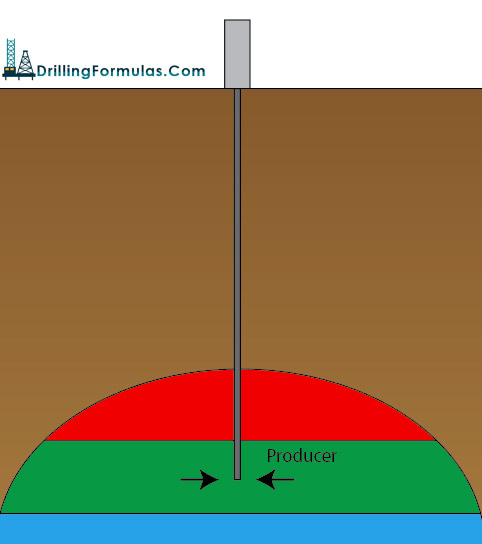
When there is only one type of fluid flowing through porous media, the permeability for this case is called “absolute permeability.” However, when there is more than one type of fluids present in a rock, a permeability of each fluid to flow is decreased because another fluid will be moving in the rock as well. A new term of permeability called “effective permeability” is a permeability of a rock to a particular fluid when more than one type of fluid is in a rock.
Reservoir consists of three fluids (gas, oil, and water) so these are commonly used abbreviations for effective permeability for each fluid.
kg = effective permeability to gas
ko = effective permeability to oil
kw = effective permeability to water
Normally, it is common to state effective permeability as a function of a rock’s absolute permeability. Relative permeability is defined as a ration of effective permeability to an absolute permeability of rock. The relative permeability is widely used in reservoir engineering. These functions below are the relative permeability of gas, oil, and water.
Relative permeability to gas – krg = kg÷k
Relative permeability to oil – kro = ko÷k
Relative permeability to water – krw = kw÷k
Where;
k = absolute permeability
Continue reading →















